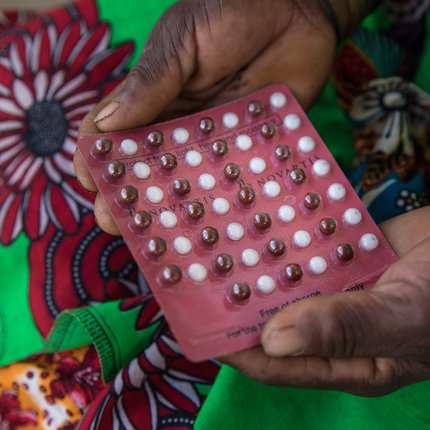What does leprosy look like?
What does leprosy look like?
Some examples leprosy skin patches
The patches are a different colour from the rest of the skin and they have no feeling if they are touched.
If you notice a patch of skin like this, speak to a health worker as soon as you can.
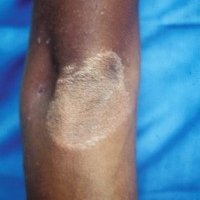

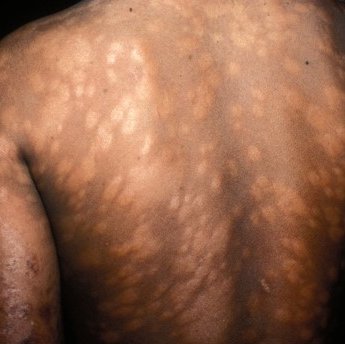
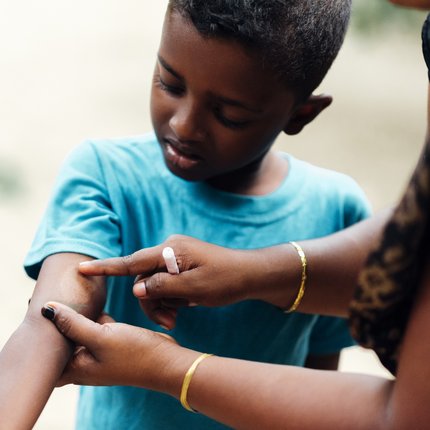
Ruth Towell
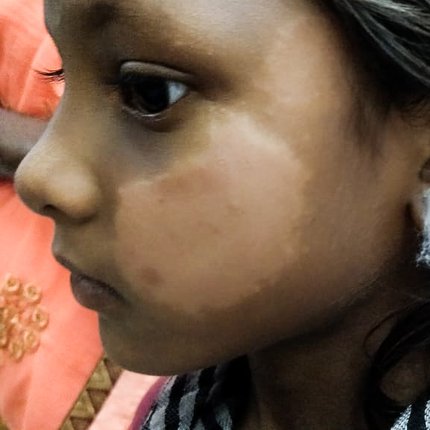
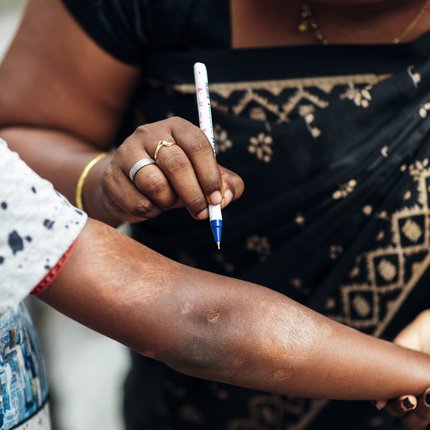
© Ruth Towell
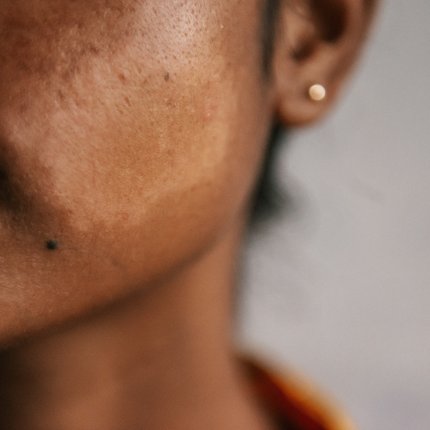
Muscle weakness or paralysis
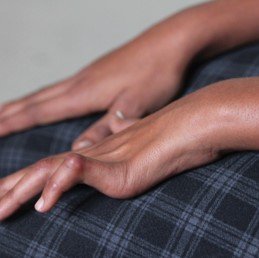
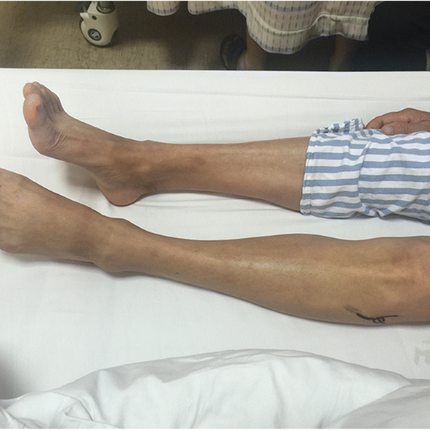
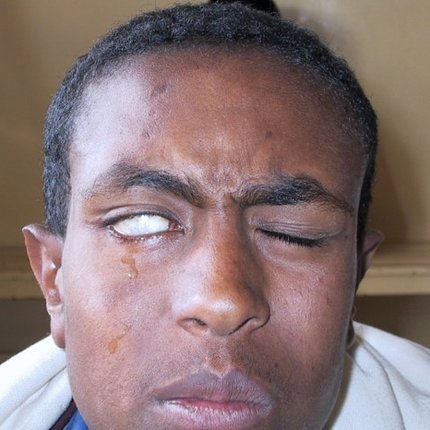
Leprosy is treated with multi-drug therapy (MDT)

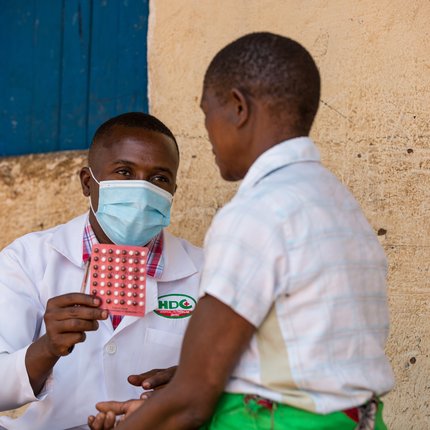
©Ricardo Franco
